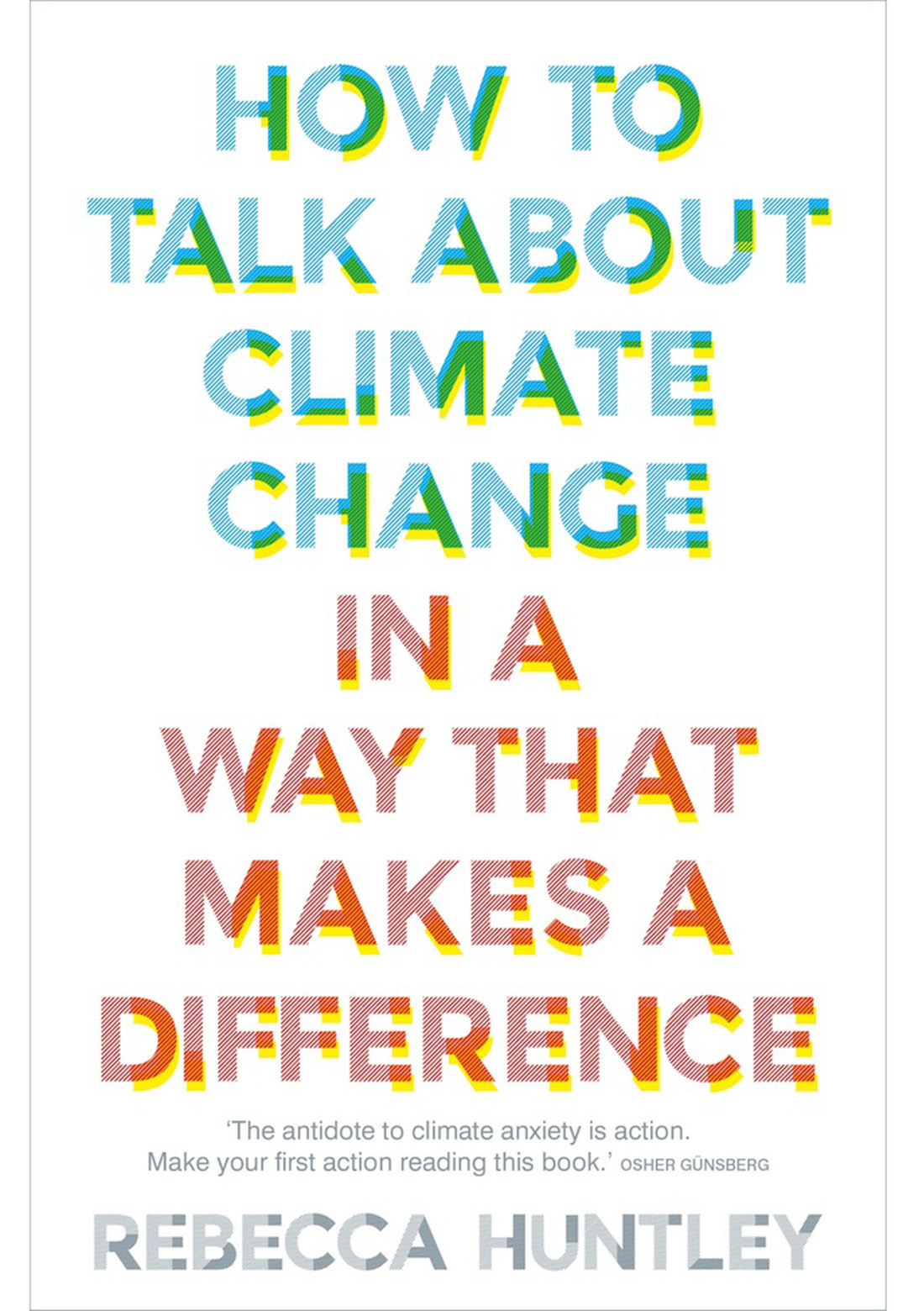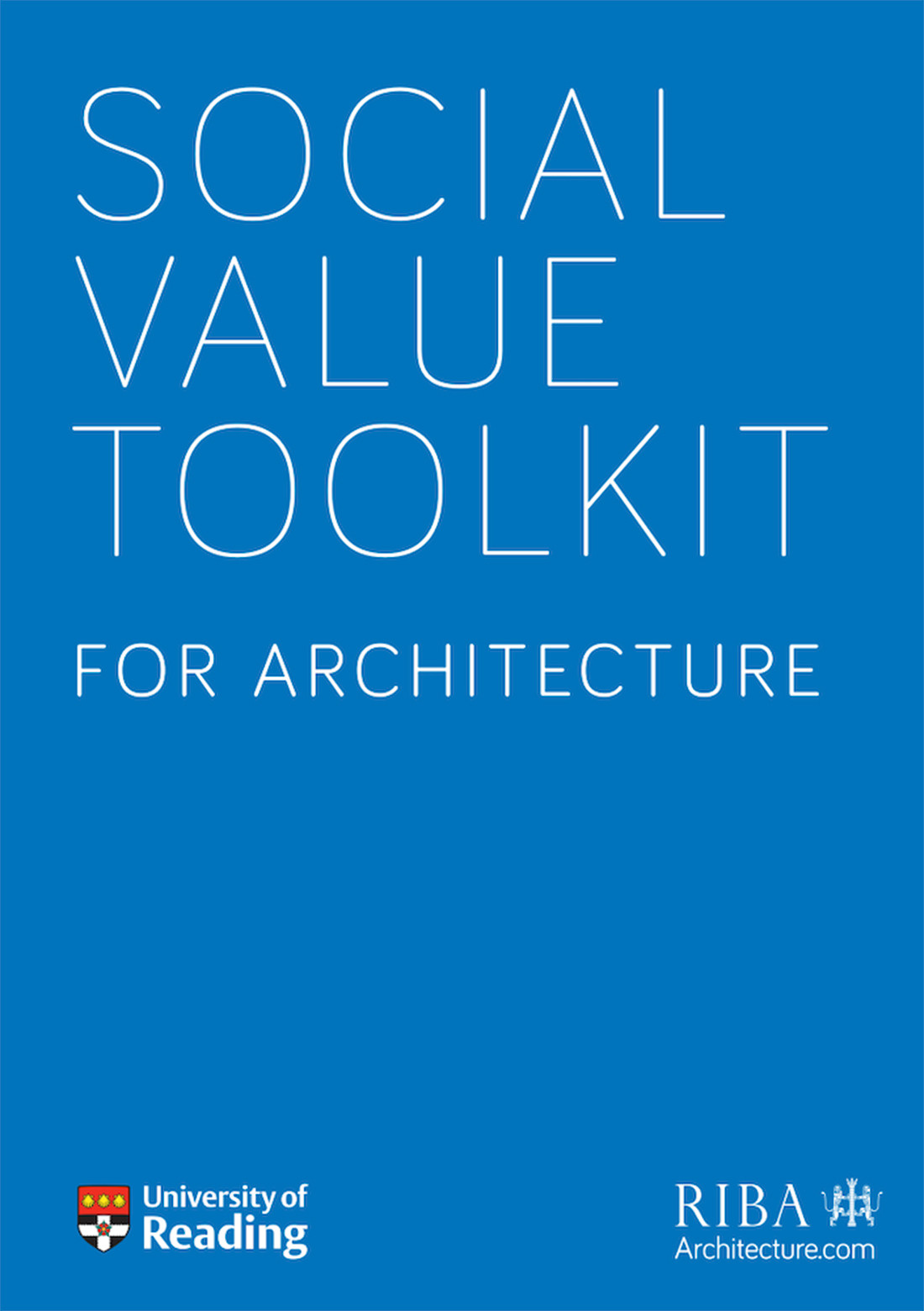Rachael Bernstone distills her 18 years’ worth of wisdom on architecture and sustainable design down to 5 pertinent steps that architects and design practices can action now.

Sunflower House conceptual design by Koichi Takada Architects for Bloomberg Green: The New European Bauhaus. CGI by Doug and Wolf
Tumultuous events over the past couple of years have prompted us to ask: ‘What’s next? Will we go back to business as usual, or chart a new direction that reduces our impact on the planet?’
Perhaps we’ll collectively commit to reducing carbon emissions by 45 per cent, as outlined in the Paris Agreement. Doing so will require deep structural change: global emissions must fall by between 3 per cent and 7 per cent each year between now and 2030 to limit climate change well below 1.5℃ and 2℃ respectively, according to the United Nations Gap report.
For architects who want to facilitate structural and individual change – but largely rely on clients and regulators to set the financial and environmental parameters of their projects – there is plenty of apprehension about these goals.
However there is hope, too, because today – more than ever before – the Australian public is ready to engage with notions of climate change mitigation and resilience in relation to the built environment. Ipsos research from April found that 57 per cent of Australians want climate change initiatives to be prioritised in the post-Covid19 economic recovery activities.
Unfortunately, the federal government’s HomeBuilder stimulus package – announced in early June – failed to prioritise energy efficiency upgrades, or link funding to improved performance, although Chief Scientist Alan Finkel added his voice to the call for greater investment for energy efficiency measures in buildings, in mid-June.
So what does a low carbon future look like, and how can architects become agents of change to deliver it? And what are the best ways to engage clients (and the broader public) around these complex issues?
According to research by CB Bhattacharya, Professor of Sustainability and Ethics at the University of Pittsburgh, companies that set out to reduce their carbon footprint or waste achieve better results when they make sustainability an integral part of their core purpose, and communicate that commitment to the entire staff.
“That’s clear from a recent analysis I conducted of environmental, social and governance performance data on over 3,000 companies during a 10-year period,” Prof Bhattacharya said. “I found that companies that said they have an ‘overarching vision’ that combines financial goals with social and environmental ones tended to perform better on a measure of their impact on the environment. They also tended to perform better financially as well.”
In January, Architects Act instigated a campaign for practices to go carbon neutral in 2020, before publishing a guide to do so in June (which I helped to co-author and you can download for free here). The next step involves bringing clients into the journey.
In terms of communications, “clients” and “the public” are not homogenous, one-size-fits-all groups, so tailored messages are required. These will vary according to existing levels of knowledge; familiarity with the terminology; and degrees of engagement with the issue.
The Global Warming Six Americas study provides a useful framework for this: it identified six main categories around climate change beliefs and approaches, as follows:
Researcher Dr Rebecca Huntly suggests that Australians can be similarly categorised, and she’s written a new book called ‘How to Talk About Climate Change in a Way That Makes a Difference’. It marries climate change messaging with psychology, and is described as “a toolkit for understanding our emotional responses to climate change and how we can have meaningful conversations across dividing lines”.

Several key psychological theories can be applied to frame messaging for different audiences, and enable you to strike the right tone.
These include Loss Aversion theory (people are more motivated by fear of loss than promise of gain) and Inoculation theory (whereby you pre-bunk common myths around a hotly contested issue).
It’s also important to understand how and where your target audiences seek and acquire new knowledge and information. For example, research by the CRC for Low Carbon Living (CRCLCL) found that mass media plays an important role in shaping home renovation practices and approaches to energy efficiency.
The CRC’s report ‘Hashtag Sustainability? Home Renovators’ Media World’ states: “While there is great potential to reduce carbon dioxide emissions by improving energy efficiency through changes to building layout, structures, fixtures and appliances as Australian homes are being renovated, this potential is not currently being realised. It appears that ‘top down’ approaches by government to encourage low carbon renovations are relatively ineffective in changing renovators’ practices”.
The study recommended that: “TV story-based and entertaining content needs to be taken seriously as an avenue for mainstream education and engagement”.
So the CSIRO, CRCLCL and NSW Office of Environment and Heritage (OEH) joined forces to commission The Blue Tribe to create new television content for mass market audiences.

‘Renovate or Rebuild’ is targeted at the renovation market and – after being delayed by Covid-19 – it will be filmed and broadcast on commercial television later this year. ‘Home Run’ targets the volume builder market, and aspires to “drive mainstream consumer demand for Net Zero energy housing in Australia”.
Both of these series will deliberately eschew design-focussed terms such as energy efficiency, passive solar, cross ventilation and thermal mass. Rather, they focus on three main considerations that resonate strongly with consumers: comfort, health and efficiency.
Architects should therefore consider re-framing the way they present climate change and design messages, by choosing angles, words and phrases that target audiences will easily connect and engage with.
It’s also important to strike the right tone: to be informative and entertaining, rather than hectoring and shaming.
Data and evidence-based research is currently reframing the way we talk about climate change, and should be used to back up architects’ claims and messaging too. British architect and researcher Professor Flora Samuel has called for architects to further quantify the value of architecture and good design in her book ‘Why Architects Matter’.
Prof Samuel also recently spearheaded the development of a new Social Value Toolkit for Architecture. It provides a set of useful post-occupation questions for architects to chart the social value of their projects.
Closer to home, the Office of the Victorian Government Architect recently released ‘The Case for Good Design’ an overview of research on the impact of design in healthcare, education, workplaces, housing, justice, urban design and transport projects.

The performance metrics of good design – especially around climate change – should be further researched, quantified and promoted. For example, research conducted by Sustainability Victoria in 2014 found that some consumers experienced “renovation regret” brought on by higher energy bills combined with uncomfortable summer and winter temperatures, despite having invested heavily in their homes.
“A lot of people underestimate the importance of energy saving when renovating,” said Smarter Renovations Project Lead. Sarah Fiess. “A home renovation presents one of the best opportunities to improve comfort, save money and add value to a home.”
Architects should therefore clearly explain and promote the benefits of good design, especially to address and counter possible misleading claims from some volume builders about energy ratings.
A great example of practical, architect-led research is a new report co-authored by H+H Architects and Bio Diverse Solutions which explores the cost of building bushfire resistant homes. It addressed misinformation and confusion about the cost of building to AS3959 and BAL standards, and promotes new homes that are resilient, durable, high-performance and site-responsive.
In the UK, several networks such as the London Energy Transformation Initiative (LETI) and Architects’ Climate Action Network (ACAN) are developing practical guidelines and transformative roadmaps towards a low carbon future.
In Australia, the Institute of Architects established a Climate Action and Sustainability Taskforce in January to co-ordinate its response. And Architects Declare is co-ordinating actions and is keen to encourage more input from the profession to develop and share resources, plans, research, best practice, future visions and exemplar projects.
AAD is holding regular meet-ups in each state, and hosting online events and campaigns around the movement’s 11 guiding principles. Signatory individuals and practices can make contact with the local group in their state to contribute and take action. Contact details and social media links are available at au.architectsdeclare.com

Hero image credit: Sunflower House designed by Koichi Takada Architects, visualisation by Doug & Wolf.
This is an expanded version of an article called On Communication, written by Rachael Bernstone for The Architect, the Victorian Chapter of the Institute’s magazine, published in November 2020.
A searchable and comprehensive guide for specifying leading products and their suppliers
Keep up to date with the latest and greatest from our industry BFF's!

The Sub-Zero Wolf showrooms in Sydney and Melbourne provide a creative experience unlike any other. Now showcasing all-new product ranges, the showrooms present a unique perspective on the future of kitchens, homes and lifestyles.

In the pursuit of an uplifting synergy between the inner world and the surrounding environment, internationally acclaimed Interior Architect and Designer Lorena Gaxiola transform the vibration of the auspicious number ‘8’ into mesmerising artistry alongside the Feltex design team, brought to you by GH Commercial.

Channelling the enchanting ambience of the Caffè Greco in Rome, Budapest’s historic Gerbeaud, and Grossi Florentino in Melbourne, Ross Didier’s new collection evokes the designer’s affinity for café experience, while delivering refined seating for contemporary hospitality interiors.

Sub-Zero and Wolf’s prestigious Kitchen Design Contest (KDC) has celebrated the very best in kitchen innovation and aesthetics for three decades now. Recognising premier kitchen design professionals from around the globe, the KDC facilitates innovation, style and functionality that pushes boundaries.

When iconic brands wield their influence, the ripples extend far beyond aesthetics. And so when the MillerKnoll collective formed, the very concept of design shifted, supercharging the industry’s aspiration to create a better world into an unwavering sense of responsibility to do so.

Available now across Australia, Eden TPO is setting new standards in terms of not just sustainability, but also style.
The internet never sleeps! Here's the stuff you might have missed

Caring for our mental health is paramount these days and architecture and design can lead the way as Hassell shows in its latest project in Queensland.

Artificial intelligence is one of the defining issues of our time. Here are five ideas articles addressing the anxieties and possibilities of the technology in design.

Lacquered in warm timber tones and complemented by high-quality furniture and fixtures, the new HQ for Salta Properties is a home away from home.

Overcoming pandemic hurdles to redefine guest experiences amidst Sydney’s bustling entertainment precinct, The Darling has undergone a two-year restoration that melds Art Deco interiors with the necessities of hotel living.